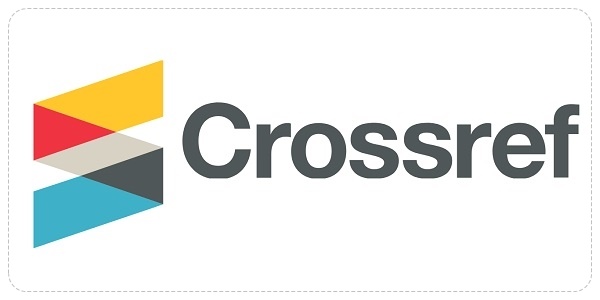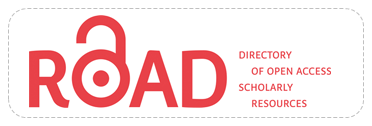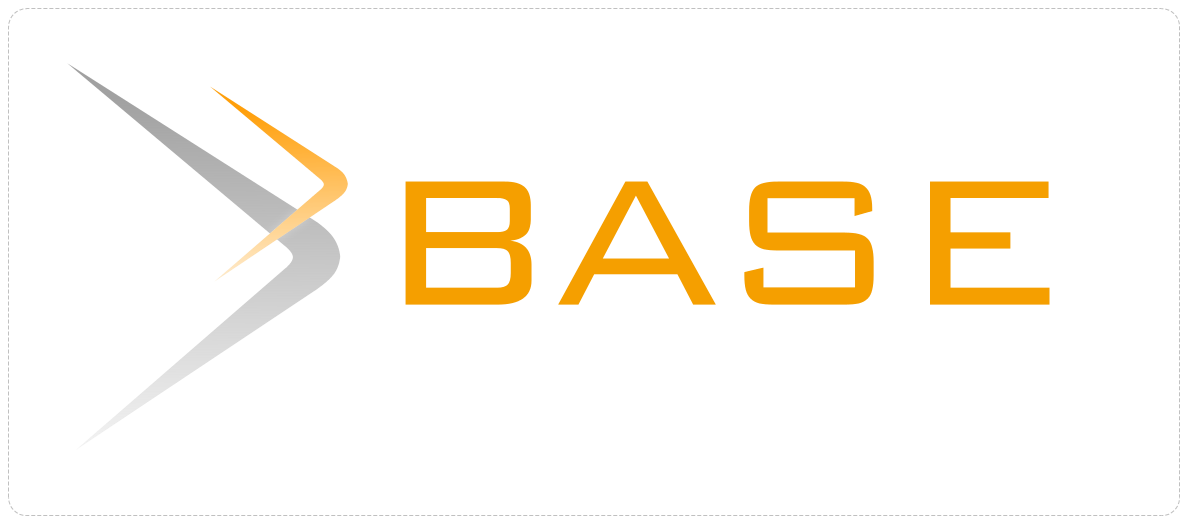A Bibliometric Analysis on Research Trends of Digital Leadership in Education
Abstract
This study aims to comprehensively review research on 'digital leadership in education' by conducting bibliometric analysis of 60 publications from journal articles and proceedings between 2015 and 2023 using the Scopus database. Data analysis in this study consists of performance analysis and science mapping. Data analyses of co-authorship, bibliographic merging, keyword occurrence, and citations were performed on bibliometric meta-data using VOSViewer software. The study highlighted the number of publications, fields of study, affiliations, universities, countries, and the most productive and influential researchers. In addition, the study also identified research topics that researchers have been working on in recent years. The findings show that publications and citations have increased in the last five years. Malaysia, Indonesia, the United Kingdom, Greece, and the United States are this topic's most productive countries. Hera Antonopoulou (University of Patras, Greece) is the most productive researcher, while Turgut Karaköse (Firat University, Turkey) is the most influential author. The affiliation that contributed the most was the State University of Malang (Indonesia). The results of data analysis show that collaboration between authors who research this topic is still nil. This is an opportunity to open up opportunities for collaboration between authors.
Keywords
Full Text:
PDFReferences
Aggarwal, S., & Kumar, A. (2022). Dealing with a new normal ‘e-leadership’: A Study using bibliometric analysis and content analysis. Vision, 0(0), 1-14.
Aksal, F. A. (2015). Are headmasters digital leaders in school culture?. Egitim ve Bilim, 40(182), 77-86.
AlAjmi, M. K. (2022). The impact of digital leadership on teachers’ technology integration during the COVID-19 pandemic in Kuwait. International Journal of Educational Research, 112(101928), 1-10.
Aldieri, L., Kotsemir, M., & Vinci, C. P. (2018). The impact of research collaboration on academic performance: An empirical analysis for some European countries. Socio-Economic Planning Sciences, 62, 1-40.
Antonopoulou, H., Halkiopoulos, C., Barlou, O., & Beligiannis, G. N. (2021). Transformational leadership and digital skills in higher education institutes: during the COVID-19 pandemic. Emerging science journal, 5(1), 1-15.
Baas, J., Schotten, M., Plume, A., Côté, G., & Karimi, R. (2020). Scopus as a curated, high-quality bibliometric data source for academic research in quantitative science studies. Quantitative science studies, 1(1), 377-386.
Carcary, M., Doherty, E., & Conway, G. (2016, September). A dynamic capability approach to digital transformation: a focus on key foundational themes. In The European Conference on Information Systems Management (p. 20). Academic Conferences International Limited.
Cortellazzo, L., Bruni, E., & Zampieri, R. (2019). The role of leadership in a digitalized world: A review. Frontiers in psychology, 10(1938), 1-21.
Donthu, N., Kumar, S., Mukherjee, D., Pandey, N., & Lim, W. M. (2021). How to conduct a bibliometric analysis: An overview and guidelines. Journal of business research, 133, 285-296.
Glänzel, W. (2014). Analysis of co-authorship patterns at the individual level. Transinformação, 26(3), 229-238.
Hamzah, N. H., Nasir, M. K. M., & Wahab, J. A. (2021). The effects of principals' digital leadership on teachers' digital teaching during the COVID-19 Pandemic in Malaysia. Journal of Education and E-Learning Research, 8(2), 216-221.
Harto, B., Wibowo, L. A., & Yuniarsih, T. (2022, July). Bibliometric analysis of strategic digital leadership to boost innovation in organization. In 6th Global Conference on Business, Management, and Entrepreneurship (GCBME 2021) (pp. 429-435). Atlantis Press.
Hsieh, C. C., & Hsu, C. H. (2022). The development of VOSviewer and its application in educational research. School Administrators, (141), 149-166.
Ivančić, L., Vukšić, V. B., & Spremić, M. (2019). Mastering the digital transformation process: Business practices and lessons learned. Technology Innovation Management Review, 9(2), 36-50.
Jeong, S., & Choi, J. Y. (2015). Collaborative research for academic knowledge creation: How team characteristics, motivation, and processes influence research impact. Science and Public Policy, 42(4), 460-473.
Karakose, T., Polat, H., & Papadakis, S. (2021). Examining teachers’ perspectives on school principals’ digital leadership roles and technology capabilities during the COVID-19 pandemic. Sustainability, 13(23), 1-20.
Klein, M. (2020). Leadership characteristics in the era of digital transformation. BMIJ, 8(1), 883-902.
Kulkanjanapiban, P., & Silwattananusarn, T. (2022). Comparative analysis of Dimensions and Scopus bibliographic data sources: An approach to university research productivity. International Journal of Electrical and Computer Engineering (IJECE), 12(1), 706-720.
Kumar, S., Marrone, M., Liu, Q., & Pandey, N. (2020). Twenty years of the International Journal of Accounting Information Systems: A bibliometric analysis. International Journal of Accounting Information Systems, 39, 100488.
Larivière, V., Desrochers, N., Macaluso, B., Mongeon, P., Paul-Hus, A., & Sugimoto, C. R. (2016). Contributorship and division of labor in knowledge production. Social studies of science, 46(3), 417-435.
Le Pennec, M., & Raufflet, E. (2018). Value creation in inter-organizational collaboration: An empirical study. Journal of Business Ethics, 148, 817-834.
Ma, K., & Yang, B. (2014). A simple scheme for bibliography acquisition using DOI content negotiation proxy. The Electronic Library, 32(6), 806-824.
Martín-Martín, A., Orduña-Malea, E., Harzing, A. W., & López-Cózar, E. D. (2017). Can we use Google Scholar to identify highly-cited documents?. Journal of informetrics, 11(1), 152-163.
McAllister, J. T., Lennertz, L., & Atencio Mojica, Z. (2022). Mapping a discipline: A guide to using VOSviewer for bibliometric and visual analysis. Science & Technology Libraries, 41(3), 319-348.
McGillivray, D., McPherson, G., Jones, J., & McCandlish, A. (2016). Young people, digital media making and critical digital citizenship. Leisure Studies, 35(6), 724-738.
Moorley, C., & Chinn, T. (2016). Developing nursing leadership in social media. Journal of advanced nursing, 72(3), 514-520.
Mukherjee, D., Lim, W. M., Kumar, S., & Donthu, N. (2022). Guidelines for advancing theory and practice through bibliometric research. Journal of Business Research, 148, 101-115.
Navaridas-Nalda, F., Clavel-San Emeterio, M., Fernández-Ortiz, R., & Arias-Oliva, M. (2020). The strategic influence of school principal leadership in the digital transformation of schools. Computers in Human Behavior, 112, 106481.
Ponomariov, B., & Boardman, C. (2016). What is co-authorship?. Scientometrics, 109, 1939-1963.
Pranckutė, R. (2021). Web of Science (WoS) and Scopus: The titans of bibliographic information in today’s academic world. Publications, 9(1), 1-59.
Shen, H., Xie, J., Li, J., & Cheng, Y. (2021). The correlation between scientific collaboration and citation count at the paper level: a meta-analysis. Scientometrics, 126(4), 3443-3470.
Sunarsi, D., Rohaeni, N., Wulansari, R., Andriani, J., Muslimat, A., Rialmi, Z., ... & Fahlevi, M. (2020). Effect of e-leadership style, organizational commitment and service quality towards indonesian school performance. Syst. Rev. Pharm, 11, 472-481.
Temelkova, M. (2020). Digital leadership added value in the digital smart organizations. Journal of Engineering Science and Technology Review, 252-257.
Thelwall, M., Kousha, K., Abdoli, M., Stuart, E., Makita, M., Wilson, P., & Levitt, J. (2023). Why are coauthored academic articles more cited: Higher quality or larger audience?. Journal of the Association for Information Science and Technology, 74(7), 791-810.
Todeschini, R., & Baccini, A. (2016). Handbook of bibliometric indicators: Quantitative tools for studying and evaluating research. John Wiley & Sons.
Umah, E. C., Imron, A., Hadi, S., & Praherdhiono, H. (2023). Madrasah principal digital leadership innovation in digital learning transformation. Revista de Gestão Social e Ambiental, 17(3), 1-16.
Van Eck, N., & Waltman, L. (2010). Software survey: VOSviewer, a computer program for bibliometric mapping. scientometrics, 84(2), 523-538.
Waltman, L., Van Eck, N. J., & Noyons, E. C. (2010). A unified approach to mapping and clustering of bibliometric networks. Journal of informetrics, 4(4), 629-635.
Yusof, M. R., Yaakob, M. F. M., & Ibrahim, M. Y. (2019). Digital leadership among school leaders in Malaysia. Int. J. Innov. Technol. Explor. Eng, 8(9), 1481-1485.
Zhou, X., Zhou, M., Huang, D., & Cui, L. (2022). A probabilistic model for co-occurrence analysis in bibliometrics. Journal of Biomedical Informatics, 128, 104047.
DOI: https://doi.org/10.17509/pdgia.v21i2.59082
Refbacks
- There are currently no refbacks.
INDEXED BY

This work is licensed under a Creative Commons Attribution-ShareAlike 4.0 International License
















